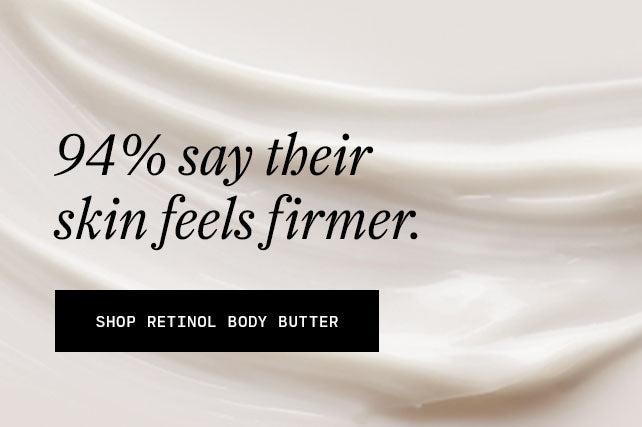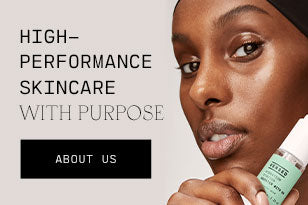
What Is Fungal Acne And How to Tell If You Have It
As if treating breakouts wasn’t complicated enough, fungal acne is here to add some more confusion to the mix. These minuscule bumps look and feel like regular ‘ole pimples except, when you apply your spot treatments and purifying masks, they don’t seem to get the hint.
That’s because, surprise: fungal “acne” isn’t actually acne at all. It’s an infection of hair follicles, says board-certified dermatologist Anna Guanche, MD FAAD, that can be tough to distinguish from your typical breakouts. Luckily, fungal acne isn’t too difficult to treat once you realize you’ve got it. Learn how to tell if you have fungal acne below, plus the best treatments for clearing it up.
What Is Fungal Acne?
“Fungal acne is similar to bacterial acne, but it is flared by a fungus and not a bacterium”, Dr. Guanche explains. “The most common culprit behind fungal acne is overgrowth of a malassezia”, which is a type of yeast. All skin has malassezia, but when something triggers yeast levels to increase (such as a moist environment or taking an antibiotic, which kills the bacteria that keeps fungi in check), it becomes trapped in the hair follicles and produces small, pimple-like bumps.Fungal Acne vs. Bacterial Acne
While both bacterial and fungal breakouts look similar, there are key differences to look out for. Pimples can vary by type, but fungal acne looks the same: uniform bumps that are about a millimeter in size. They may appear red or white, contain pus, and/or feel itchy, but unlike typical acne, these bumps don’t come to ‘head’ (and no, you shouldn’t attempt to pop it). Fungal acne can appear on the face, but it’s more often found in clusters on the arms, back, and chest.How to Prevent Fungal Acne and Treat It
As you can probably guess, bacterial acne requires treatments that zap away bacteria, while fungal acne needs something to stop the fungus. Hero acne ingredient sulfur is antibacterial and antifungal, making it an ideal treatment for both types of breakouts. Formulated with 10% sulfur, our Game Over Acne Drying Treatment can be dabbed on spots overnight or used as a mask to cover larger areas of infection. You can also turn to antifungal topicals, adds Dr. Guanche, “such as Ketoconazole or Clotrimazole. These can be found over the counter”. Because fungal acne is caused by clogged follicles, it’s also vital to consistently exfoliate in order to keep pores clear and free of debris. The exfoliating BHA, salicylic acid, penetrates deep into pores to do just that while also controlling excess oil which, left untamed, can help foster yeast growth and allow fungal acne to prosper. Spritz Back-Up Plan on any infections found on the body, and cleanse the face with our Keep the Peace Acne-Calming Cream Cleanser—both contain 1.5% salicylic acid.While some fungal acne triggers, like a humid climate, can’t really be helped, there are some steps you can take to prevent breakouts. Wear loose-fitting clothing and always properly cleanse your skin post-sweat. Avoid comedogenic products that might clog your pores and if you have oily skin, look for oil-free formulas when choosing skincare. Fungal acne is also contagious, so avoid sharing razors and towels. And if your fungal breakout just won’t quit, consult with a dermatologist for next steps. He or she may prescribe an oral medication instead.
More acne questions? Consult our guide.






